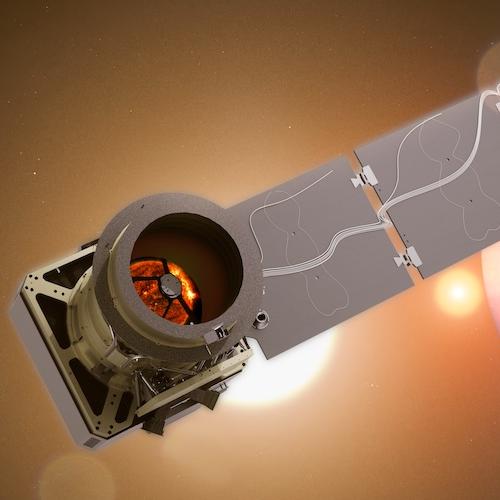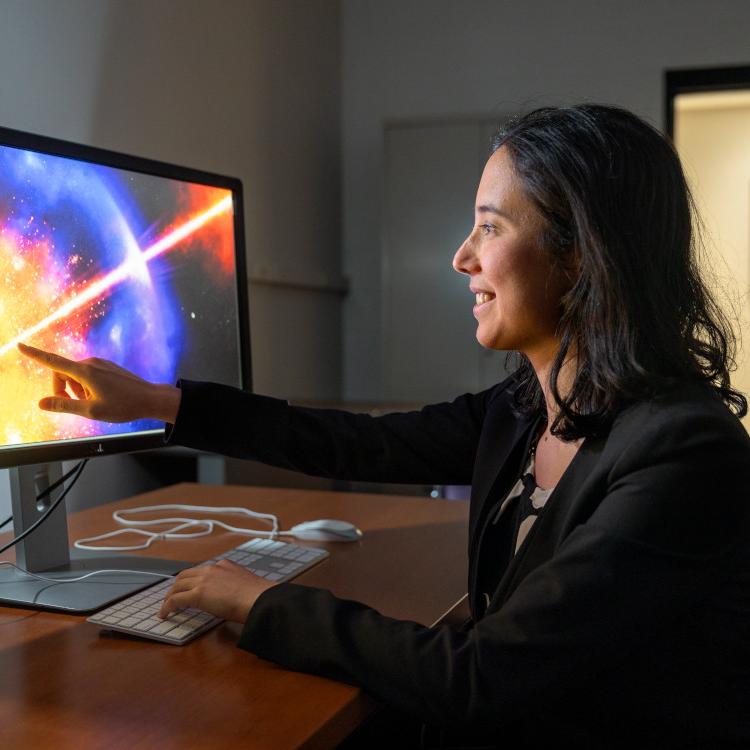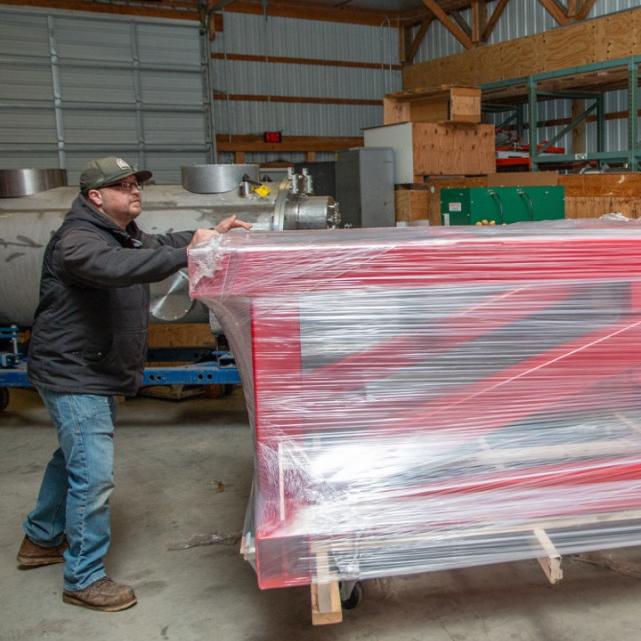Cornell astronomers Anna Y. Q. Ho, assistant professor of astronomy in the College of Arts and Sciences, and Shrinivas R. Kulkarni, visiting professor of astronomy, are part of the mission team for the UltraViolet Explorer (UVEX) mission, which has advanced toward a 2028 launch with NASA.
Four astrophysics mission proposals to study stars, galaxies and some of the most violent explosions in the universe have been selected for further study by NASA, the agency announced Aug. 18.
UVEX, a plan to survey the whole sky in ultraviolet light to provide new insights into galaxy evolution and the lifecycle of stars, would close a gap in current observational capabilities, said Ho, who led the development of the science case for the “relativistic explosions” section of the mission’s proposal.
“Ultraviolet radiation contains astrophysical information that cannot be accessed in any other band of the electromagnetic spectrum,” Ho said. “UVEX will make by far the most sensitive UV image of the sky, reveal how the sky is changing at these wavelengths, and enable us to do large-scale spectroscopy in these bands for the first time.”
UVEX will equip astronomers to observe the earliest moments of the universe’s most energetic explosions, for example, and learn about how the first galaxies formed in the universe and evolved over time, Ho said. The principal investigator is Fiona Harrison at California Institute of Technology.
UVEX is one of two Medium Explorer teams chosen to receive $3 million for a nine-month mission concept study.
Also receiving $3 million for a nine-month concept study is Survey and Time-domain Astrophysical Research Explorer (STAR-X), a spacecraft that would use wide-field X-ray and ultraviolet telescopes to study supernova explosions and active galaxies. In addition, two Mission of Opportunity teams will each receive $750,000 to conduct their own nine-month study.
The selected missions are competing for funding as part of NASA’s Explorers Program, which focuses on small to medium-sized missions that can make a big science impact but also can be built and launched in a much shorter timeframe than large, expensive missions. It is NASA’s longest-running program; its first mission launched Explorer 1 in 1958.






